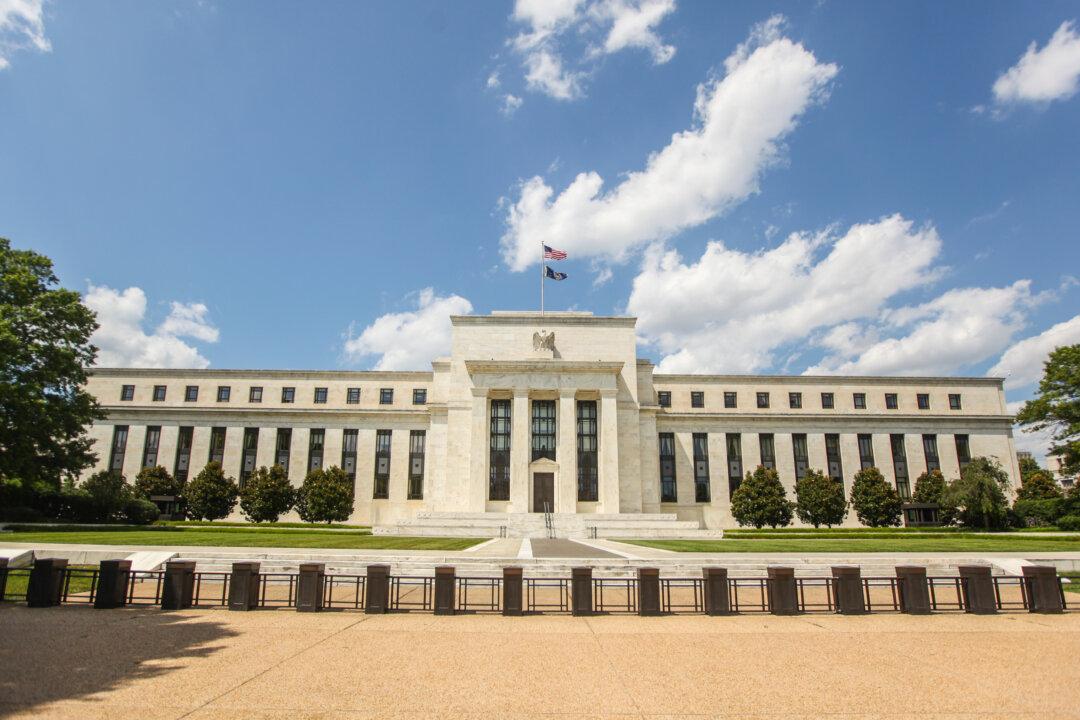Ask anyone on Main Street, and he will tell you there is a dollar shortage. And while the person on the street is talking about his personal need or desire for more money, powerful countries and institutions around the globe have a similar problem.
Take China, for example, whose central bank burned through $330 billion of its foreign exchange reserves this year, just to satisfy demand from Chinese companies and individuals. They have a dollar shortage.
Or the European banks and investors whose shortage is so acute they bid up the dollar 10 percent since its low point at the end of April this year. The euro is now trading at levels not seen since 2003, at an exchange rate of almost 1:1.
Saudi Arabia, also in need of dollars, borrowed $17.5 billion in international bond markets in October to make up for a shortfall in dollar-denominated oil revenue.
So the whole world needs dollars, but there are different reasons why different countries are investing in U.S. assets or borrowing dollars to meet their financing needs.
Some countries have too much of their currency, and it has to decline to reflect the change in supply and demand. Other countries and banks are scrambling to make interest payments in dollars and to repay international debt.
Better Returns
“The rise in Treasury yields makes the U.S. dollar more attractive. It’s a high-yielding bond now versus virtually any other major currency,” Raoul Pal, principal at research firm GMI told RealVisionTV.
Yields on the 10-year U.S. government bond have risen 1.2 percent to 2.55 percent since the low point in July this year.
On the flip side, the European Central Bank and the Bank of Japan have continued buying government bonds, flooding their domestic markets with euros and yen, thus depressing sovereign interest rates to negative. German five-year bonds yield -0.5 percent, while Japanese five-year bonds yield -0.18 percent.






